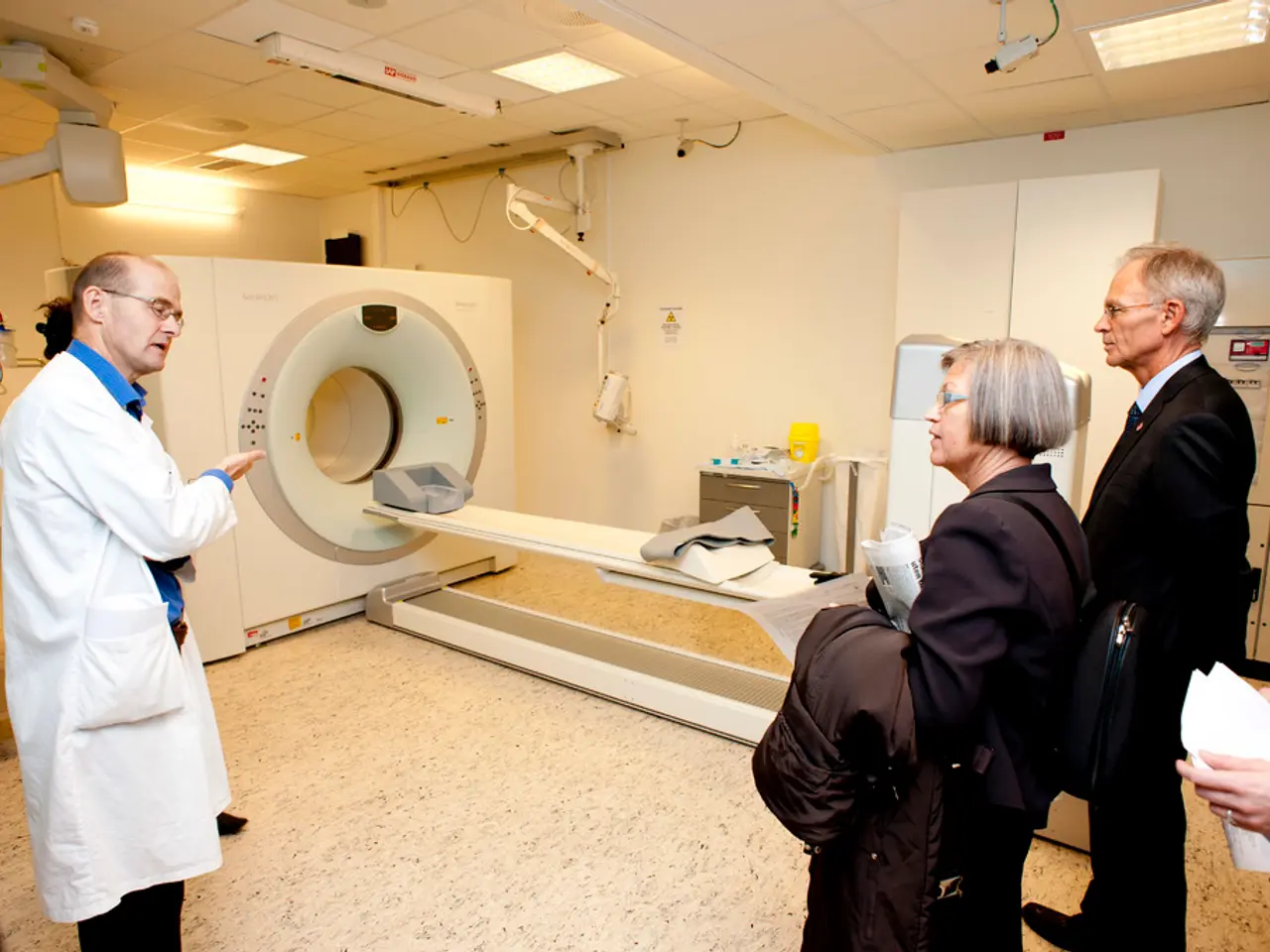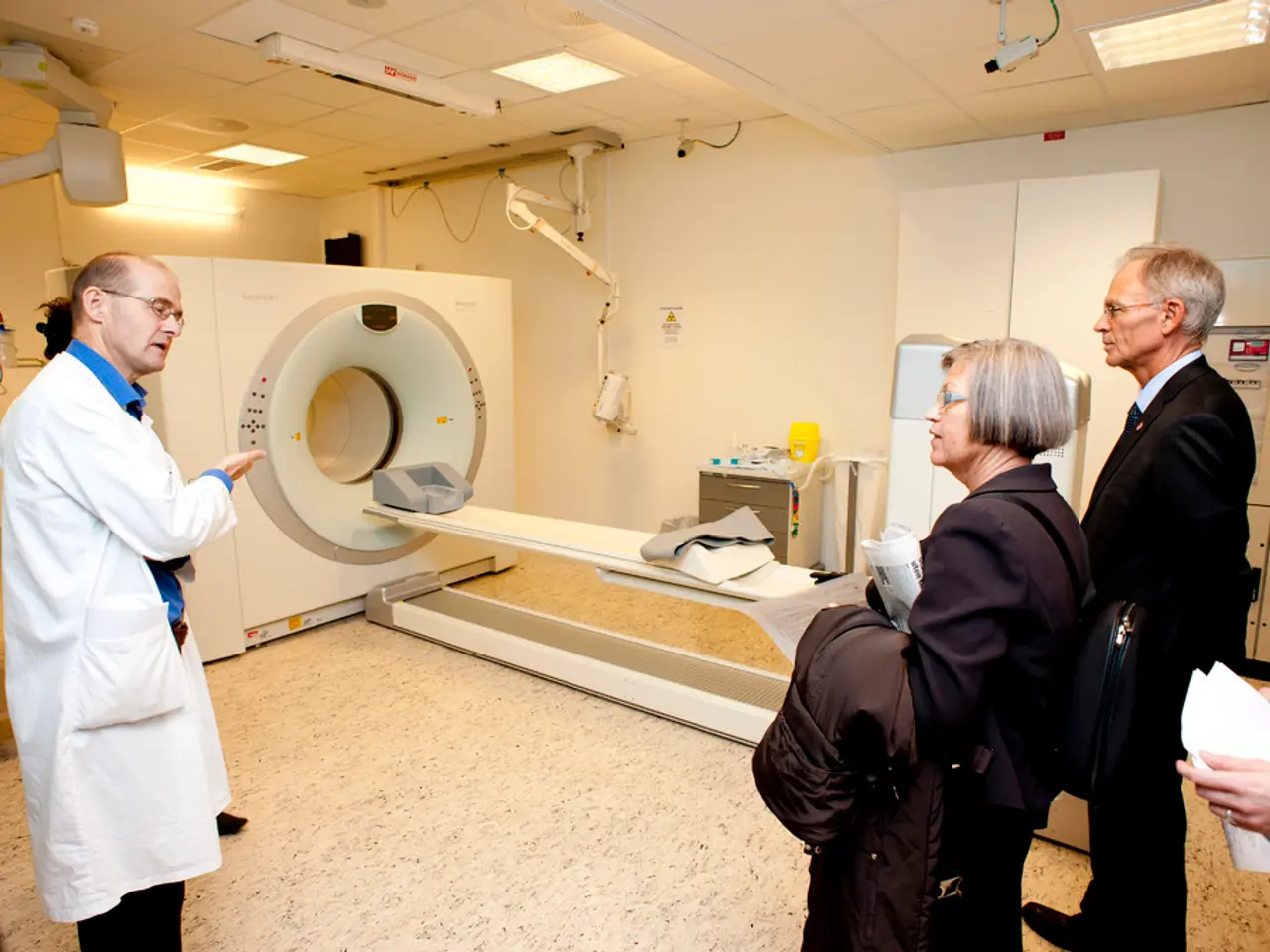Radiology Embraces Foundation Models: A Single Network HandlingMultiple Functions
The current state of **AI in medical imaging**, particularly in radiology, is witnessing a rapid transformation and increasing integration into clinical workflows. This shift is bringing about significant improvements in efficiency, diagnostic accuracy, and the role of radiologists.
### Current State of AI in Radiology
AI is revolutionising image recognition, analysis, and decision-making by automating routine tasks and reducing human error, leading to more efficient workflows and improved diagnostic performance. Key capabilities include automated protocol optimisation, real-time image quality control, and predictive maintenance.
Clinical AI tools, such as those used for fracture detection, enhance diagnostic accuracy and reduce errors in high-pressure settings like emergency departments. The emergence of integrated AI platforms, like MosaicOS™ by Radiology Partners, combines clinical expertise with advanced AI tools in a unified system, streamlining workflows and improving radiologists’ ability to deliver faster, more accurate patient care.
### Future Potential of AI in Radiology
AI is expected to further evolve beyond disease detection towards intelligent automation of imaging acquisition and operational processes. The diagnostic accuracy of AI algorithms will continually improve as they learn from more diverse and expansive patient datasets, approaching near-perfect negative predictive values. This will free radiologists to focus on complex clinical judgement and patient management tasks that AI cannot replicate.
The integration of AI into radiology depends heavily on interdisciplinary training and education. Residency programs are increasingly incorporating AI literacy—covering software, data analysis, imaging informatics, and ethical considerations—to prepare future radiologists for AI-augmented practice.
### Impact on Radiologists' Job Description
AI is shifting radiologists’ roles from primarily performing repetitive image reading tasks to interpreting complex cases, integrating clinical context, and making nuanced decisions based on AI insights and broader patient information. Radiologists are becoming facilitators of AI tools: overseeing AI quality control, validating AI outputs, and ensuring appropriate clinical application rather than replacing human judgement.
The workload dynamic is changing—AI reduces time spent on routine reads and flagging obvious findings, enabling radiologists to manage higher imaging demand and focus on higher-value activities such as multidisciplinary collaboration, personalised treatment planning, and patient communication. Radiology workflows are evolving to a more integrated, AI-driven ecosystem that minimises administrative and operational redundancy, allowing radiologists to restore focus on patient care rather than fragmented technologies and duplicated tasks.
In summary, **AI is enhancing both the efficiency and quality of medical imaging while redefining radiologists’ work towards more strategic, interpretative, and patient-centered roles**. Its future potential lies in broadening automation, improving diagnostic precision, and fostering interdisciplinary education to maximise clinical impact.
### Additional Advancements
- Interactive contour tools, built on the Segment Anything model, allow oncologists to create precise maps for personalised radiotherapy planning. - An auditing algorithm can identify 96% of mislabeled or missed findings in chest X-ray addenda, enhancing quality control. - AI can increase pleural-lesion sensitivity nearly ten points in trauma bays and stroke suites, potentially deciding life-or-death outcomes.
Science and technology have played a significant role in the evolution of artificial intelligence (AI) in health and wellness, particularly in medical imaging and radiology. AI is revolutionizing image recognition, analysis, and decision-making, leading to more efficient workflows and improved diagnostic performance (space-and-astronomy might not fit well in this context). For instance, AI can increase pleural-lesion sensitivity nearly ten points in trauma bays and stroke suites, potentially deciding life-or-death outcomes. Furthermore, the integration of AI into radiology is also impacting medical-conditions diagnostic fields such as fracture detection, where AI tools are enhancing diagnostic accuracy and reducing errors in high-pressure settings. The future potential of AI in radiology goes beyond disease detection towards intelligent automation of imaging acquisition and operational processes, ultimately freeing radiologists to focus on complex clinical judgement and patient management tasks that artificial intelligence cannot replicate. Therefore, AI is a transformative force in today's health-and-wellness landscape, creating innovative solutions for improved patient care and outcomes.




